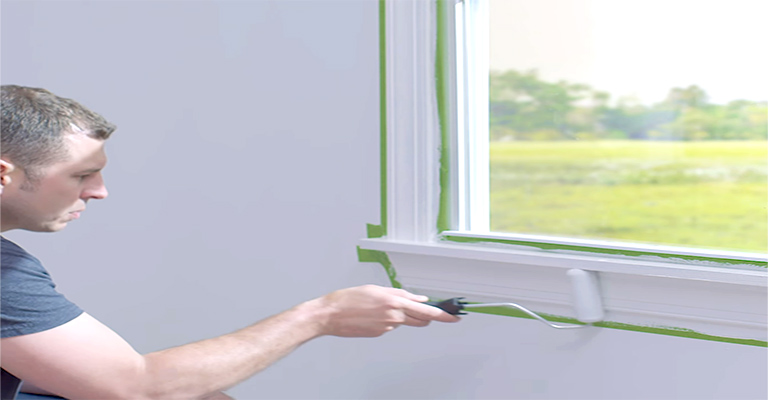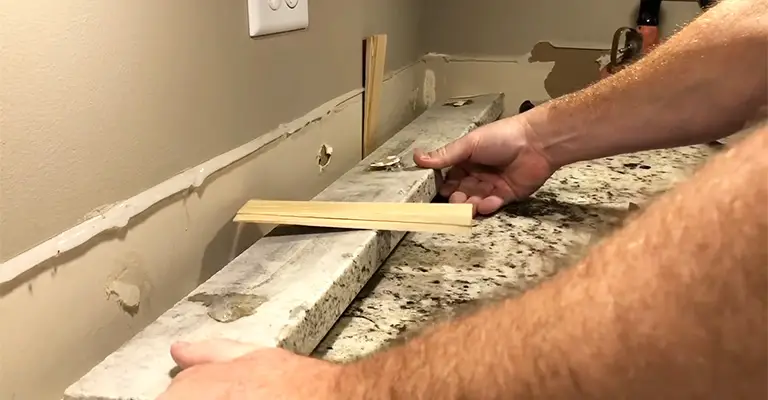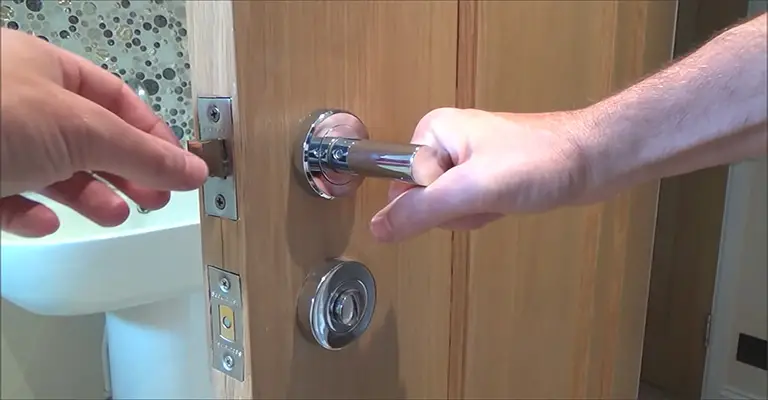Do You Paint Trim Before Or After Installing?
Trim is the decorative molding applied to edges, often to give a room its final touch. Many different trim types can be used on walls and ceilings, such as crown molding, baseboard, chair rail, door casing, and window casings.
Trim is the little pieces of wood that separate rooms, doors, and windows from the wall. Trim can also be used to accentuate moldings. Now, the question is, should you paint the trim before or after installing?
Painting trim is a task that most homeowners prefer to do last, but it can be done first. The decision should be based on how many windows and doors are going to have the trim painted.
Should You Paint Trim Before Or After Installing?
There is no answer as to which one is better because it depends on the individual. If you paint before, you have to be very careful with your measurements, and if you paint after, you have to wait for the paint to dry, then carefully measure.
Every project is unique, so there’s no one way to complete it. You can paint your trim before or after installation, but it will depend on working on it. For example, if you are working on an exterior job, it would be best to install your finishings first, wait for them to dry, and then paint them.
Most people who have tried both methods will tell you that painting the trim before installing makes for a much easier job. For one thing, there is no need to put up a ladder after installing windows and doors.
When To Paint Trim Before?
Trim is usually made of wood, so painting it before installation is a good idea. This will protect the trim from moisture, which can cause rot and mold.
Painting the trim before installing it is a common recommendation from experts. You can drastically speed up paint time with this simple and fast technique. The boards are usually placed on sawhorses over drop cloths by people who paint the trim before installing.
You can easily paint the trim before installing it by using a paint roller or sprayer. It has the advantage that no paint will get on the floor, wall, or surrounding areas. All you have to do is paint.
As long as your walls are already painted, this is the best option since keeping the paint from getting on them is a challenge. However, if you want to prevent any splatter on the wall or floor, you’ll need a steady hand, good brushing technique, and a lot of painter’s tape.
The trim can be filled in with a small brush, and any caulk or scuff marks are removed with a simple final coat after installation.
Installing The Trim And Painting It
However, there are a number of experts who recommend painting it after it is installed. They have a couple of reasons for doing so. First, the paint might take longer to apply afterward, but you won’t need to worry about covering up nails, caulk, and other imperfections if you paint the trim afterward.

People who do not have space or a place to paint it beforehand may find it beneficial to paint it after installation. When setting up drop cloths and sawhorses, you need a lot of space, which is sometimes unavailable.
It’s recommended to paint the walls as well if you advocate the “paint it after” method. This can be accomplished by installing the trim, priming and painting it, caulking it, applying the finishing coat, and then painting the walls. If you’re already planning to repaint the walls, you don’t have to worry as much about getting the trim paint on them.
Nevertheless, you’ll still want to protect the flooring while you paint the trim, and once you’ve painted the wall, you’ll want to protect the trim. Painters who specialize in these types of jobs don’t have a problem with them. However, the process of protecting your walls and putting down masking tape can take a substantial amount of time if you don’t paint frequently.
How To Paint Trim?
Painting trim is a project that many homeowners find intimidating. But with a few simple tips and tricks, you can make this task a breeze.
It is important to be careful with your brush movement when painting trim since the trim will require a lot of attention. Paint the corner of the trim with a dark color to recede it. It is also important to use enough paint so that the paint doesn’t fade.
If you are painting white or lighter colors, be sure to have an angled brush or roller that can reach into hard-to-reach places.
Paint trim can be done with a paintbrush, roller, or sprayer. It is important to use the right paint for the type of trim you are painting. You may need to apply multiple coats if there are knots in the wood.
Step 1: Remove old paint from trim boards. It is usually easier to paint on bare wood than on old, chalky painted wood.
Step 2: Cover the ground below your work area with newspapers or plastic sheets to prevent any paint spills or drips from getting on the flooring below.
Step 3: Paint trim boards using a brush, roller, or sprayer depending on what you will be painting and the texture of the board that you are painting.
Step 4: Use high-quality semi-gloss paint for best results (usually found in DIY stores).
Step 5: Allow each coat of paint to dry.
Optimal Painting Techniques for Trim Installation
Before you start painting your trim, it’s crucial to prepare the surface properly to ensure a durable finish. Begin by lightly sanding the trim to smooth out any rough spots and remove excess paint from previous layers. This step helps the new paint adhere better and minimizes brush strokes for a professional look. It’s advisable to wear gloves during this process to protect your hands and use a putty knife to scrape off any stubborn existing paint.
Once the surface is smooth, apply painter’s tape carefully along the edges to protect your walls from accidental smears. When you’re ready to apply the painted trim, remember to add at least two coats of paint for a rich, even coverage. After the paint has dried completely, gently remove the tape to reveal clean, crisp lines. If needed, apply more paint to areas where the coverage is thin, ensuring each layer is fully dry before adding another. This meticulous preparation and painting process guarantees your trim will have a durable finish that enhances the aesthetic appeal of your space.
Final Words
With the best painting tools and equipment, you can easily achieve the best painting result. Painting trim before installation is generally the best strategy. It will allow you to get a really good look at making sure the trim is in place and straight.
This way, there’s less chance for an error when installing, and you can paint all of the trim at once. However, painting trim after installation may leave some seams in the house that need to be caulked or painted over, which will take more time and money.






